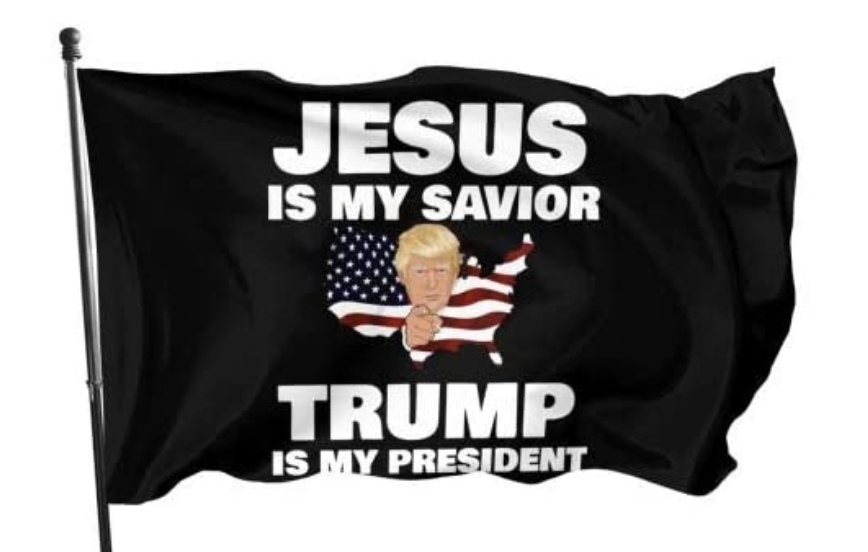The New York Times veers close to self-parody in publishing “Was Dorothy Day Too Left-Wing to Be a Catholic Saint?”
The very deck beneath the headline undercuts it: “The Archdiocese of New York has asked the Vatican to consider the social activist for sainthood. But church leaders are not entirely comfortable with her politics.”
Actually, Day has always made Catholics on the right and left uncomfortable. The key is making sure that readers know why this is true.
What Liam Stack has to report is pretty straightforward.
Martha Hennessy was upset with what Cardinal Timothy Dolan preached during a Mass in Day’s honor:
“He has reduced her to ‘she lived a life of sexual promiscuity and she dabbled in communism,’” she said. “What worse enemy could we have, saying those things about her?” Ms. Hennessy is active in the [canonization] movement and did a reading at the Mass. “We have got to focus on her policies, we have got to focus on her practices.”
Stack’s report does not link to the cardinal’s homily, which is available on YouTube and embedded in this post (the homily begins at one hour and 15 minutes).
Viewers will note that there is no indication in Cardinal Dolan’s remarks that he is anything other than an admirer. He calls Day “one of our greats,” and mentions that he asked Pope Francis to declare her venerable: one major step toward becoming a saint.
While Dolan’s brief homily did not dwell on Day’s political life, he referred to the significant detail of her being on assignment by a Catholic magazine to report on a Hunger March in 1932 in the nation’s capital. Dolan added a detail omitted by the Times: after observing this march, Day prayed in the Basilica of the Immaculate Conception and took another step toward integrating her politics and her emerging faith.










